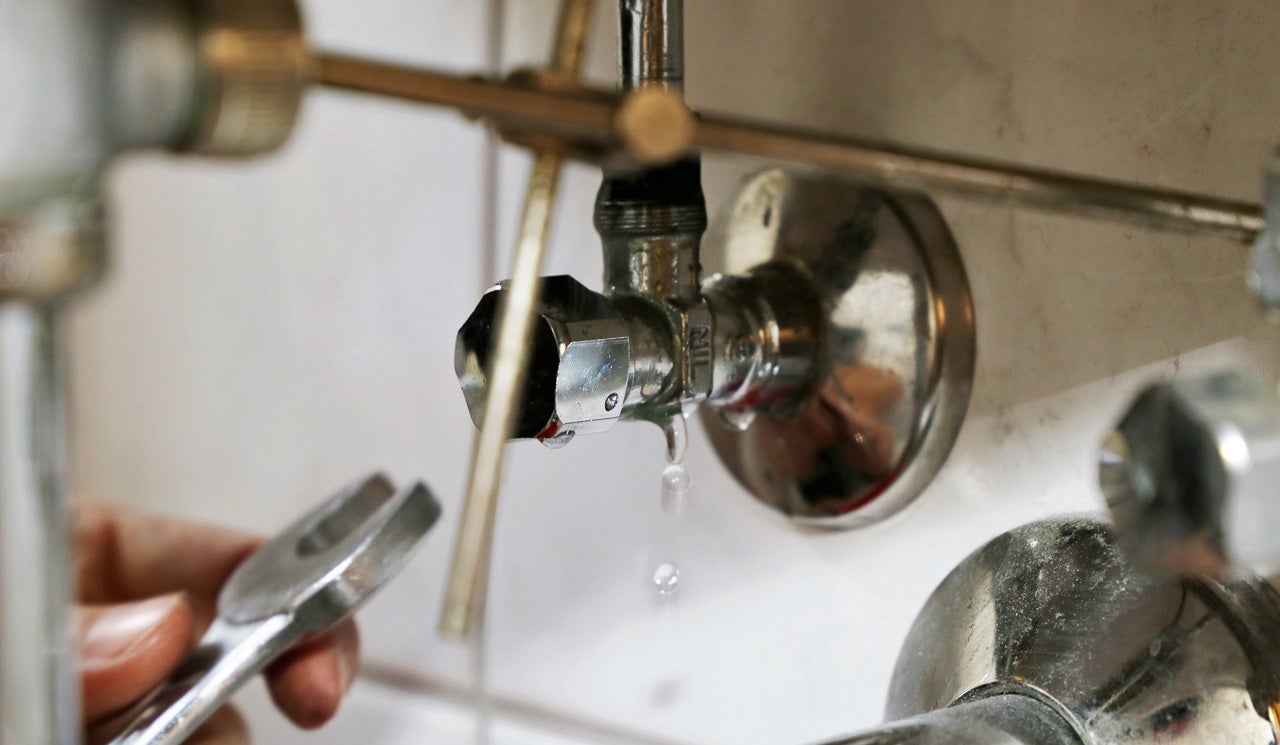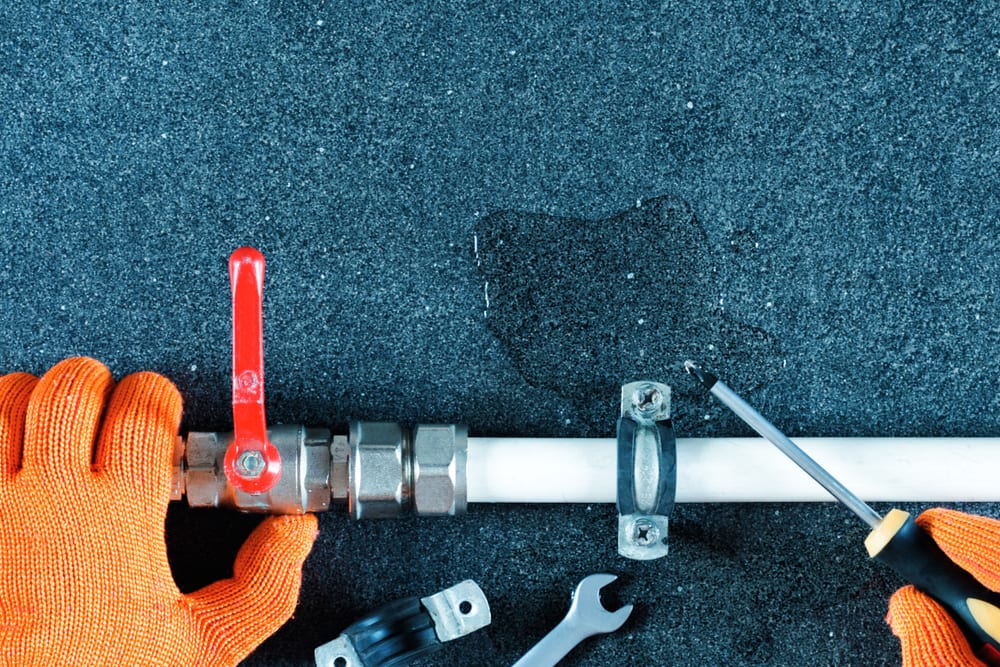Exactly how to Inspect If Your Home Has a Covert Leak
Exactly how to Inspect If Your Home Has a Covert Leak
Blog Article
The article author is making several good pointers on Locating water leaks as a whole in this post in the next paragraphs.

Early discovery of dripping water lines can minimize a potential calamity. Some little water leaks may not be noticeable.
1. Take A Look At the Water Meter
Every house has a water meter. Inspecting it is a proven manner in which assists you uncover leaks. For starters, shut off all the water sources. Make sure nobody will purge, utilize the tap, shower, run the washing maker or dishwashing machine. From there, go to the meter and watch if it will transform. Given that no one is using it, there should be no motions. That shows a fast-moving leak if it relocates. Also, if you spot no changes, wait an hour or two and also examine back once more. This means you might have a slow leakage that might also be below ground.
2. Inspect Water Intake
If you find sudden adjustments, regardless of your consumption being the same, it suggests that you have leaks in your plumbing system. A sudden spike in your costs shows a fast-moving leak.
A steady rise every month, also with the very same practices, reveals you have a slow leakage that's also gradually escalating. Call a plumber to completely check your building, especially if you feel a cozy location on your flooring with piping below.
3. Do a Food Coloring Examination
30% comes from bathrooms when it comes to water usage. Test to see if they are running properly. Decrease flecks of food shade in the tank and wait 10 minutes. If the color somehow infiltrates your dish throughout that time without flushing, there's a leak between the tank and bowl.
4. Asses Outside Lines
Don't fail to remember to examine your exterior water lines too. Test spigots by attaching a garden hose. Should water leak out of the connection, you have a loose rubber gasket. Replace this and guarantee all connections are tight. If you've got a lawn sprinkler, it will help get it skillfully checked out and preserved annually. One tiny leakage can squander tons of water as well as spike your water costs.
5. Inspect and Analyze the Situation
Property owners ought to make it a practice to examine under the sink counters as well as also inside closets for any bad odor or mold development. These 2 red flags indicate a leakage so punctual focus is needed. Doing regular assessments, also bi-annually, can save you from a significant trouble.
Check for stainings and damaging as a lot of pipelines and devices have a life span. If you think leaking water lines in your plumbing system, don't wait for it to escalate.
Early discovery of dripping water lines can minimize a potential disaster. Some tiny water leakages might not be visible. Inspecting it is a proven method that aids you find leakages. One little leakage can lose bunches of water as well as increase your water bill.
If you suspect leaking water lines in your plumbing system, don't wait for it to rise.
WARNING SIGNS OF WATER LEAKAGE BEHIND THE WALL
PERSISTENT MUSTY ODORS
As water slowly drips from a leaky pipe inside the wall, flooring and sheetrock stay damp and develop an odor similar to wet cardboard. It generates a musty smell that can help you find hidden leaks.
MOLD IN UNUSUAL AREAS
Mold usually grows in wet areas like kitchens, baths and laundry rooms. If you spot the stuff on walls or baseboards in other rooms of the house, it’s a good indicator of undetected water leaks.
STAINS THAT GROW
When mold thrives around a leaky pipe, it sometimes takes hold on the inside surface of the affected wall. A growing stain on otherwise clean sheetrock is often your sign of a hidden plumbing problem.
PEELING OR BUBBLING WALLPAPER / PAINT
This clue is easy to miss in rooms that don’t get much use. When you see wallpaper separating along seams or paint bubbling or flaking off the wall, blame sheetrock that stays wet because of an undetected leak.
BUCKLED CEILINGS AND STAINED FLOORS
If ceilings or floors in bathrooms, kitchens or laundry areas develop structural problems, don’t rule out constant damp inside the walls. Wet sheetrock can affect adjacent framing, flooring and ceilings.
https://www.servicemasterbyzaba.com/blog/how-to-detect-water-leakage-in-walls/

I am very fascinated with Finding hidden leaks and I'm hoping you appreciated the new article. Do you know somebody who is enthusiastic about the topic? Feel free to promote it. Thanks a lot for going through it.
Report this page